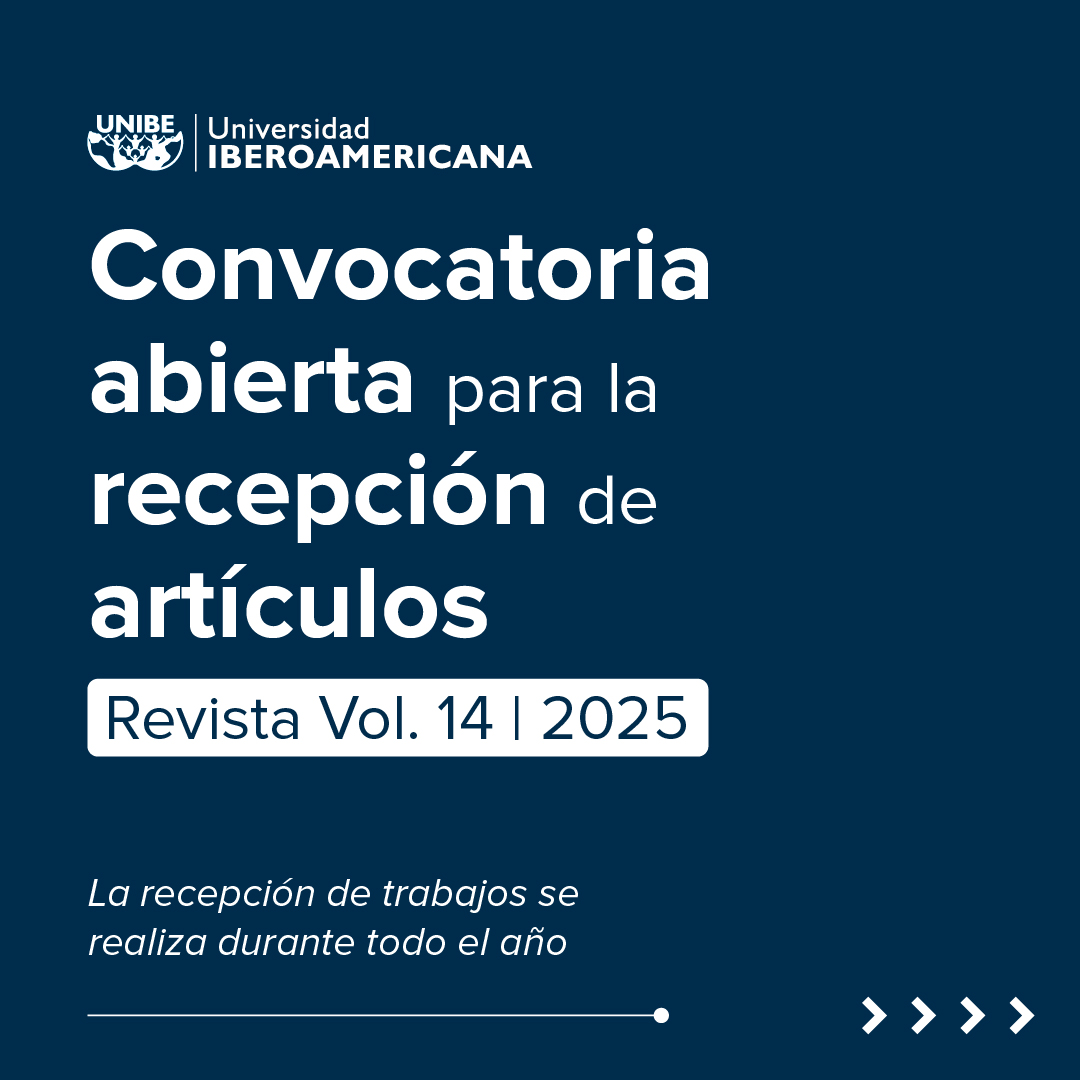Personal, family, and social experiences of women suffering from cervical cáncer. Paraguay 2021
DOI:
https://doi.org/10.26885/rcei.11.1.70Keywords:
cervical cancer, women, experiences, ParaguayAbstract
Cervical cancer is an alarming public health problem, its etiology is explained by the association with the human papillomavirus (HPV), it is one of the preventable, detectable, and treatable cancers; This constitutes an extremely stressful experience and supposes an enormous load of anguish and suffering that bring with it a series of physical and emotional disorders and drastic modifications in the lifestyle, customs, work and family life of those who suffer from it. The objective was to describe the experiences related to the personal, family, and social environment of women with cervical cancer. In qualitative phenomenological research, 10 women with confirmed diagnoses participated, selected by chain sampling, snowball. Recorded interviews were conducted with open questions based on the dimensions and subdimensions, and prior application of informed and signed consent; then they were deducted and analyzed. The results are presented grouped in the matrix according to dimensions. The results show that women have similar and different experiences in all the areas analyzed. It is concluded that the confirmation of a diagnosis of cervical cancer affects women in the personal, family, and social spheres; it is necessary to create spaces for education, promotion, counseling, and support for women diagnosed with cervical cancer.
Downloads
References
Alonso Fernández, C., & Bastos Flores, A. (2011). Intervención psicológica en pacientes con cáncer. Clínica Contemporánea, 2(2), 187-207. https://doi.org/10.5093/cc2011v2n2a6
American Cancer Society. (n.d.). Cambios emocionales, de salud mental y de estado de ánimo. https://www.cancer.org/es/tratamiento/tratamientos-y-efectos-secundarios/efectos-secundarios-fisicos/efectos-secundarios-emocionales.html
American Cancer Society. (2020). ¿Se puede prevenir el cáncer de cuello uterino? https://www.cancer.org/es/cancer/cancer-de-cuello-uterino/causas-riesgos-prevencion/prevencion.html
American Cancer Society. (2019). Trabajar mientras se está en tratamiento contra el cáncer. https://www.cancer.org/es/tratamiento/supervivencia-durante-y-despues-del-tratamiento/bienestar-durante-el-tratamiento/trabajar-mientras-se-esta-en-tratamiento-contra-el-cancer.html
Baiocchi-Morales, A., Lugo-Ostos, E., Palomino-Sanchez, N., & Tam-Phun, E. (2015). Estilos de afrontamiento en pacientes con cáncer de cuello uterino. Servicio de ginecología de un instituto nacional. Revista Enfermeria Herediana, 6(1), 18. https://doi.org/10.20453/renh.v6i1.2373
Berek, J. S. (2009). Ginecología de Novak (14ª ed.). Lippincott Williams & Wilking.
Cano Giraldo, S., Caro-Delgadillo, F. V., & Lafaurie-Villamil, M. M. (2017). Vivir con cáncer de cuello uterino in situ: experiencias de mujeres atendidas en un hospital de Risaralda, Colombia, 2016. Estudio cualitativo. Revista Colombiana de Obstetricia y Ginecología, 68(2), 112. https://doi.org/10.18597/rcog.1436
Céspedes, N., & Aparicio, C. (2017). Depression and quality of life in women with cervical cancer at the Regional Hospital of Encarnación. Del Nacional, 9(2), 32–45. https://doi.org/10.18004/rdn2017.0009.02.032-045
Desta, A. A., Endale, Z. M., & Aklil, M. B. (2022). Cervical cancer screening utilization and associated factors among women of 30–65 years in Girar Jarsoo district North shoa, Ethiopia, 2021. Clinical Epidemiology and Global Health, 15, 101048. https://doi.org/10.1016/j.cegh.2022.101048
Gómez Gómez, M. M., & Lagoueyte Gómez, M. I. (2012). El apoyo social: estrategia para afrontar el cáncer de cérvix. Avances En Enfermería, 30, 32-41.
Gómez, M., & Gómez, L. (2012). Apoyo Psicooncológico: estrategias para afrontar en cáncer del cervix.
Marañón Cardonne, T., Mastrapa Cantillo, K., Flores Barroso, Y., Vaillant Lora, L., & Landazuri Llago, S. (2017). Prevención y control del cáncer de cuello uterino. Correo Científico Médico, 21, 187-203.
Melet, A. (2010). Cáncer del cuello uterino. Sexualidad y problemas emocionales. Revista Venezolana de Oncología, 22, 265–267.
Ministerio de Salud Pública y Bienestar Social, MSPBS. (2016). Socializan Manual de Normas y Procedimientos de Cáncer de Cuello Uterino. https://www.mspbs.gov.py/portal/10025/socializan-manual-de-normas-y-procedimientos-de-cancer-de-cuello-uterino.html
Ministerio de Salud Pública y Bienestar Social, MSPBS. (2022). Cáncer de cuello uterino es curable, si se detecta a tiempo. https://www.mspbs.gov.py/portal/24950/cancer-de-cuello-uterino-es-curable-si-se-detecta-a-tiempo.html
O’Donovan, B., Mooney, T., Rimmer, B., Fitzpatrick, P., Flannelly, G., Doherty, L., Russell, N., Martin, C. M., O’Leary, J. J., Sharp, L., &
O’Connor, M. (2022). Trust and cancer screening: Effects of a screening controversy on women’s perceptions of cervical cancer screening. Preventive Medicine Reports, 25, 101684. https://doi.org/10.1016/j.pmedr.2021.101684
Organización Panamericana de la Salud, OPS. (n.d.). Cáncer cervicouterino - Nuevas herramientas para la prevención y el control del cáncer cervicouterino. https://www.paho.org/es/temas/cancer-cervicouterino
Sawaya, G. F., & Huchko, M. J. (2017). Cervical Cancer Screening. The Medical Clinics of North America, 101(4), 743–753. https://doi.org/10.1016/j.mcna.2017.03.006
Silva-Muñoz, M. A. (2020). Efectos de la enfermedad y tratamiento en la calidad de vida sexual de la mujer con cáncer cérvico uterino. Revista Chilena de Obstetricia y Ginecología, 85(1), 74–98. https://doi.org/10.4067/S0717-75262020000100074
Sung, H., Ferlay, J., Siegel, R. L., Laversanne, M., Soerjomataram, I., Jemal, A., & Bray, F. (2021). Global Cancer Statistics 2020: GLOBOCAN Estimates of Incidence and Mortality Worldwide for 36 Cancers in 185 Countries. CA: A Cancer Journal for Clinicians, 71(3), 209–249. https://doi.org/10.3322/caac.21660
Urrutia, M. T., Concha, X., & Padilla, O. (2014). Calidad de vida en mujeres con cáncer cérvicouterino. Revista Chilena de Obstetricia y Ginecología, 79(5), 368–377. https://doi.org/10.4067/S0717-75262014000500003















